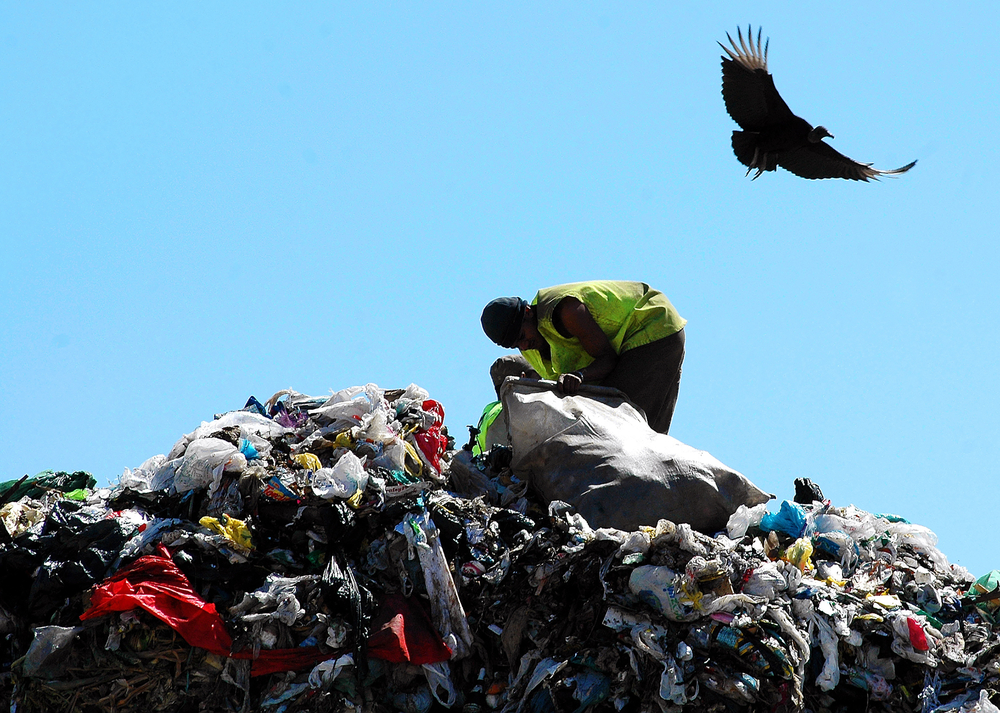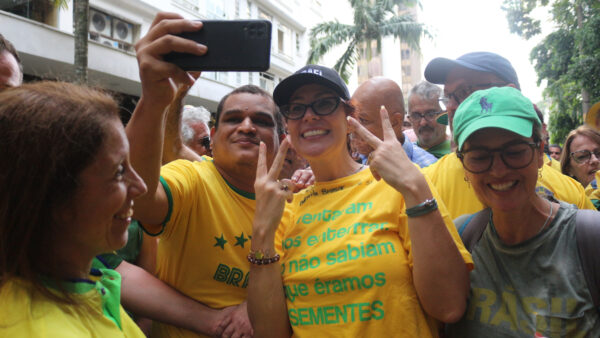Brazil is not a country of recyclers. According to the Waste Atlas, an initiative developed by global consultancy firm D-Waste, the country as a whole only recycles one percent of its waste. China, on the other hand, recycles 30 percent; Germany recycles 47 percent. Brazil’s major cities are above the national average, but are still far from ideal levels. The capital city of Brasilia recycles 5.9 percent of its trash; the country’s largest city, São Paulo, recycles just 2.5 percent. In Rio de Janeiro, however, the concern with recycling is even more pressing.
The city generates approximately 3.5 million metric tons of waste each year, but only recycles 1.9 percent of it, according to the Municipal Solid Waste Knowledge Platform and the Municipal Urban Cleaning Company (COMLURB).
Approximately 29 kilometers from Rio’s luxurious Ipanema neighborhood lies Jardim Gramacho, Latin America’s biggest landfill. Up until its closure in 2012, the landfill used to receive much of Rio’s waste. The shocking reality of its garbage collectors, who live amid piles of trash, was featured in the documentary Waste Land, where Brazilian artist Vik Muniz worked with locals to create art made with trash from the landfill. The famous Brazilian soap opera Avenida Brasil also shed light on Jardim Gramacho, broadcasting its tough reality to average Brazilian families.
When the landfill closed, the government devised a plan to reincorporate garbage collectors into society and provide them with a new source of income through the development...


 Search
Search






































